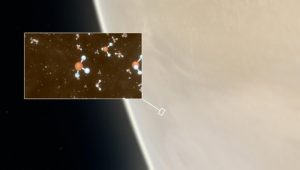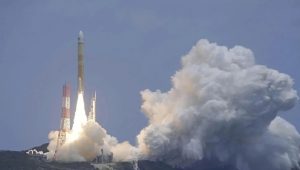Indigenous radio telescope SARAS has helped scientists conclude the properties of the earliest radio luminous galaxies formed 200 million years after the Big Bang, a period called the Cosmic Dawn.
Published in Nature Astronomy by an international group of scientists, the findings of SARAS give an insight into the characteristics of the earliest radio loud galaxies that are usually powered by supermassive black holes. The team of scientists estimated the energy output, luminosity, and masses of the first generation of galaxies that are bright in radio wavelengths.
The Shaped Antenna measurement of the background Radio Spectrum 3 (SARAS) telescope has been indigenously designed and built at Raman Research Institute (RRI), Bengaluru. It was deployed over Dandiganahalli Lake and Sharavati backwaters in northern Karnataka in 2020.
In a first-of-its-kind work, using data from SARAS 3, researchers from the Raman Research Institute (RRI), Bengaluru, the Commonwealth Scientific and Industrial Research Organisation (CSIRO) in Australia, along with collaborators at the University of Cambridge and the University of Tel-Aviv, estimated the energy output, luminosity, and masses of the first generation of galaxies that are bright in radio wavelengths.
Scientists study the properties of very early galaxies by studying radiation from hydrogen atoms in and around the galaxies, emitted at a frequency of approximately 1420 MHz. The radiation is stretched by the expansion of the universe, as it travels to us across space and time, and arrives at Earth in lower frequency radio bands 50-200 MHz, which is also used by FM and TV transmissions. The cosmic signal is tremendously faint, and detecting the signal, even using the most powerful existing radio telescopes, has remained a challenge for astronomers.















